Kristina Sazama — wine writer, educator, and Master of Wine candidate.
I help people see wine clearly — through writing, insight, and thoughtful analysis grounded in 17 years in the global wine world.
This site is where my professional work, portfolio, and writing live — curated for clarity, not clutter.
Musings
Good wine tells you where it comes from.
Good branding tells you where it is going.





